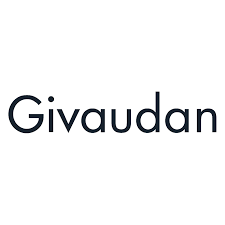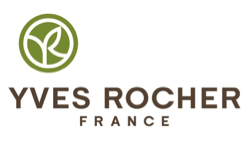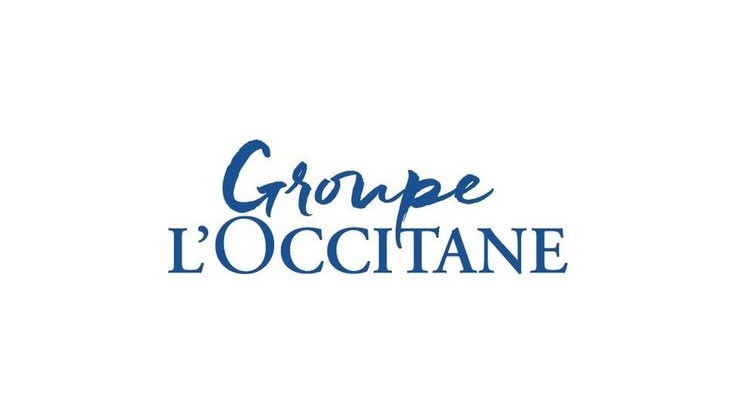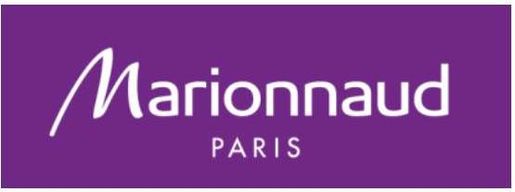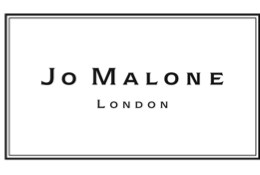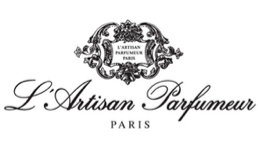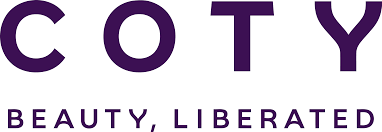Summary
The global perfume market has shown significant growth, with a valuation of nearly $47.9 billion in 2022 and is expected to reach about $52.4 billion by 2025. The luxury sector, driven by leading French companies, underpins this dynamic market, although caution remains with challenges highlighted by LVMH's H1 2023 results. Asia-Pacific holds a major market share, representing 32%, while North America follows at 28%, and Europe at 22%.
The French value chain reflects a strong emphasis on local PPAM cultivation and a dominant presence of perfume manufacturing companies reporting growth in establishments and employment. Despite the pandemic-induced drop in tourism affecting sales, the market continues to thrive with high-end brands and seasonal demand peaks, particularly during festive periods and special events like Valentine's and Mother's Day. The distribution is primarily through perfumeries and department stores, with the rise of e-commerce contributing significantly to sales. Consumer price indices for perfumes and toilet waters indicate a 9% rise, pressured by raw material costs, exemplified by the exorbitant rate of jasmine essential oil at €90,000 per kilo.
Evolving Tastes and Economic Influence in the French Perfume Market
In recent years, the French perfume market has witnessed significant transformations marked by shifting consumer preferences and economic factors. With a steadily growing global marketplace worth between $45 and $50 billion, perfumes remain a key player in the luxury goods sector, a testament to the industry's resilience and adaptability post-covid crisis. The French market, in particular, showcases a 15% increase in local sales and a remarkable 16% growth in exports, highlighting the surge in consumer spending and the subsequent inflation impact on pricing. The French have long held a deep connection with beauty and skincare products, with fragrances accounting for a striking 22% of total sales within the sector. This reveals a nation that values its olfactory identity, spending on average between 5 to 10 minutes in daily skincare routines, while utilizing around 9 different products. It's interesting to note that over three-quarters of French women associate their sense of self-esteem with perfumes, perhaps reflecting the cultural importance of personal scent.
A notable trend in the French perfume market is the inclination towards premium offerings. This is demonstrated by the remarkable growth of over 177% in sales of perfumes valued at €100 or more, reflecting a consumer base increasingly drawn to quality and exclusivity. In parallel, the organic cosmetics segment is burgeoning, with 92% of French consumers purchasing organic products in 2021, showing this market expanding faster than the conventional segment. Tourism also plays a significant role in perfume sales, particularly in Paris where luxury fragrance purchases are prominent among international visitors. Consequently, the charm of the City of Light and its boutiques ties directly to fluctuations in tourist numbers, which, in 2020, saw a more than 50% drop due to the pandemic, carrying potential adverse effects on perfume sales.
The French perfume industry's value chain is a rich tapestry, beginning with the cultivation of aromatic plants in regions like Grasse, renowned for flowers like Centifolia Rose and Grandifolium Jasmine. The manufacturing process involves skillful blending, dilution, maceration, and glazing - activities predominantly ruled by leading global and French entities such as IFF, Givaudan, Mane SA, and Robertet SA. It is also worth mentioning the significant trade surplus of French perfume, showcasing a remarkable balance with exports eclipsing imports. In 2022, perfume exports averaged an 8.16% annual growth, significantly higher in comparison to the relatively modest growth in imports.
Navigating the Fragrance Frontier: Profiles of Market-Leading Perfumers
The global perfume market showcases a constellation of distinguished players, each contributing their unique notes to the intricate symphony of scents that adorn consumers worldwide. Amongst these maestros of fragrance, several companies emerge as the virtuosos, crafting the aromas that have become etched into the fabric of society's olfactory tapestry.
- International Flavors & Fragrances (IFF), an American stalwart in the perfume industry, embodies innovation and artistry. With a rich heritage that merges science with creativity, IFF continues to lead the market in crafting memorable and enchanting fragrances that connect with consumers on a deep sensory level.
- Givaudan, a Swiss enterprise, renowned for its commitment to aromatic excellence, remains a beacon of influence in the fragrance domain. Through their mastery of scent and an unwavering dedication to sustainability and innovation, Givaudan stands as a pillar in the industry, captaining the odyssey of olfaction with precision and passion.
In the French landscape, two prominent figures cast long shadows;
- Mane SA and Robertet SA. Mane, a company of familial roots now blossoming on the global stage, marries traditional approaches with cutting-edge techniques to compose fragrances that resonate across continents. Robertet, forging a path imbued with nature's quintessence, emphasizes the purity of natural ingredients, committed to delivering authenticity in every drop. Attention shifts to the favorite brands that have captured the hearts and noses of the French populace.
- Dior , with its flagship fragrances, represents the intersection of luxury and allure, crafting narratives of elegance in liquid form.
- Similarly, Chanel, another bastion of luxury, intertwines its rich fashion lineage with olfactory compositions that speak of sophistication and timeless charm.
- On the men's side of the spectrum, Sauvage by Dior stands as a testament to the untamed and spirited nature of its wearers, while Bleu de Chanel encapsulates a man of depth and distinction. With each release, these brands reinforce their positions in a market that values both heritage and the courage to push olfactory boundaries.
- Emerging from this aromatic diaspora are trends that redefine the marketplace. The rise of organic cosmetics, championed by powerhouses such as Yves Rocher and L'Occitane en Provence, underlines a shift towards sustainability and ethical production.
to understand this market
Detailed content
 Inforamtion
Inforamtion
- Number of pages : 30 pages
- Format : Digital and PDF versions
- Last update : 16/10/2023
 Summary and extracts
Summary and extracts
1 Market overview
1.1 Definition and scope of the study
Perfume is a cosmetic product composed of essential oils and alcohol, which can take various forms, such as eaux de parfum and eaux de toilettes, depending on the alcohol concentration and manufacturing process. Essential oils themselves, however, are excluded from the scope of this study.
The perfume market covers all toiletries intended to be applied to a person in order to voluntarily impregnate him or her with a pleasant scent, and therefore includes eaux de toilette, eaux de parfum and eaux de Cologne. Perfumeries are the places where these products are distributed, and can take many different forms, from supermarkets to perfumers' workshops.
The global perfume market is worth around $50 billion, and has been rising steadily for several years, a trend that is set to continue. This dynamic is driven by the positive performance of the luxury goods sector, and in particular French companies such as Chanel, Dior and L'Oréal, and by the growing number of fragrance references, offering products adapted to all markets and consumers.
In 2022, sales of perfumes on French soil increased by 15% in value. Exports in the sector grew by 16%. The perfume market has been driven by a recovery in consumer spending following the covid crisis and inflation-driven price rises in France .
In an environment characterized by persistent inflation, players who have not succeeded in fully passing on the rise in their production costs to the final price must consider adjusting their prices if they wish to maintain or even increase their margins. This need is all the more pressing in view of persistent supply chain constraints. The publication of LVMH's disappointing H1 2023 results highlighted the challenges faced by the luxury goods sector in general, due to reduced Chinese demand. The industry, which has enjoyed very strong growth in recent years, faces a number of issues in 2023.
1.2 A fast-growing global market still marked by specific geographical features
The global fragrance market is booming. As we can see from the graph below, this market will be worth almost $**.* billion in ****. This healthy market is set to continue. According to Trefis projections, the value of the market should reach nearly $**.* billion by ****.
The average annual growth rate is *.**% between **** and ...
1.3 The French domestic market, leader in a slight slowdown
According to figures published by the NPD research group, total sales of exclusive beauty products in France in **** will be worth *.* billion euros, up **% in value. it should be noted that French companies in the perfume sector generate nearly * billion euros in exports.
The French perfume market France, **** - ****, in billions ...
1.4 Foreign trade: A growing surplus balance
France has a very large trade surplus in the perfume sector, and more broadly in the cosmetics sector. As we can see below, French exports of perfumes and perfumery products have been growing steadily since ****, far outstripping the level of imports for the same products.
European production of fragrances and perfumery ...
1.5 The impact of the COVID-19 crisis
Perfumes and color cosmetics have seen a sharp decline in ****, but overall demand for beauty products remains strong, as consumers turn instead to the skincare, hair care and personal care categories in ****, all of which are less disrupted by new Covid-** routines and lend themselves well to online discovery and purchase.gories ...
2 Demand analysis
2.1 The French and perfume
Beauty and skincare products, as well as fragrances, account for the bulk of sales, respectively **% and **% of the sector's total. [***]
Breakdown of cosmetics sales by category France, ****, in Source: ****
On average, in ****, French women spend ** minutes cleansing and moisturizing their face, ** minutes applying make-up in the morning and ** minutes removing make-up ...
2.2 Rise of the "top-of-the-range" choice
Index evolution of retail perfume sales with a value of *** euros or more France, ****-****, Base index There is a growing trend towards a preference for higher-quality products, including a significant increase in sales of perfumes costing over *** euros. Indeed, between **** and ****, this niche market recorded an increase of ***%, equivalent to ...
2.3 The rise of organic and natural products
In ****, **% of French people bought organic cosmetics, compared to only **% in **** [***] .
Frequency of purchases of natural and organic products France, ****, % [Source: Cosmed Source: ****
french women show a strong interest in brands committed to animal welfare and social initiatives, with awith a **% preference for each of these categories, closely followed by ecological ...
2.4 The impact of tourism on perfume sales in France
The impact of tourism on perfume sales in France is of course concentrated in Paris, with sales in airports and department stores on Boulevard Haussman in particular, a destination in its own right in the tours offered to tourists.
The year **** saw a sharp decline in perfume sales in France. Looking ...
2.5 Seasonal demand
As perfume is one of the most popular gifts during the festive season, demand in this sector is highly seasonal. Cosmetics chains generate up to **% of their sales between November and December, thanks to fragrance sales alone
Ré
Trend in interest in "Perfume" searches France, ****-****, base *** Source : Google Trends the ...
3 Market structure
3.1 Value chain overview
We propose a summary of the stages in the value chain:
3.2 Growing perfume plants
Perfume flowers belong to a category of plants known as PPAM (***). The Grasse region is one of France's main perfume-producing areas, with distinctive flowers such as Centifolia Rose, Grandifolium Jasmine and Tuberose. [***]
PPAM cultivation in France covered more than **,*** hectares in ****, **% more than in ****. Most of this area was taken up ...
3.3 The perfume-making process
Once the raw materials have been produced, the perfume is then manufactured in * stages(***):
The perfumer blends different essences (***) to create what is known as a fragrance base; This fragrance base is diluted in alcohol, according to the concentration chosen for the type of article (***). Distilled water is also added; This ...
3.4 Distribution largely dominated by perfumeries and department stores
Fragrance distribution in France France, ****, as % of total Source: ****
Perfumeries and department stores
Selective perfumeries account for thebulk of perfume sales in France, and conversely, perfume represents over **% of the *,*** points of sale in France in the selective channel. [***]
**% of the value of the selective circuit was created via large ...
4 Offer analysis
4.1 France's favorite brands
dior is France's favorite fragrance brand, followed by Chanel and Yves Saint-Laurent
French people's favorite brand France, ****, % of total Source: ****
According to [***] in ****, the ** best-selling women's fragrances would be,
La vie est belle- Lancome J'adore-Dior Numéro * -Chanel Libre-Yves Saint Laurent Angel-Mugler La petite robe noir-Guerlin Si-Georgio Armani Miss dior-Dior Coco ...
4.2 The different types of perfume items
There are different types of articles and different names depending on the alcohol concentration obtained during manufacture(***):
Parfum: alcohol concentration between **% and **%. Eau de parfum: concentration between **% and **%. Eau de toilette: concentration < **%. Eau de Cologne: concentration < *%.
This alcohol concentration determines the quality of the finished product, and consequently its price, but ...
4.3 Fragrance composition
A fragrance can be broken down and analyzed according to the so-called "olfactory pyramid", comprising three levels. [***]
Top notes: these are the scents you smell immediately after spraying the perfume, but also the ones that fade the fastest. These are often the freshest, greenest notes, such as bergamot or citrus. Heart ...
4.4 Rising perfume prices
Perfume prices have been rising steadily for several years. Consumer price index data provided byINSEE for perfumes and eaux de toilette show that consumer prices rose by *% between **** and ****. By ****, with inflation and rising raw material prices, consumer prices have risen by *.**%.
One of the main reasons for this is the ...
4.5 Alternative perfumery in response to market standardization
For several years now, the trend in the French perfume market has been to accumulate launches. Indeed, brands have tended to rely on their best-selling fragrances, endlessly adapting an existing fragrance with minimal variations, in order tomaximize the success of these products, which have become veritable cash cows. For several years ...
5 Regulations
5.1 Cosmetics Regulation n°1223/2009
Regulation n°****/****, known as the Cosmetics Regulation, is one of the main European regulations governing the cosmetics market.
Designation of a responsible person
For each product placed on the market, companies must designate a Responsible Person (***). The Responsible Person may be the manufacturer, the importer if the manufacturer is outside the ...
5.2 The IFRA code
IFRA is the International Fragrance Association, founded in ****. It has developed a Code of Regulation for fragrance manufacturing, which applies to all its members, representing around **% of the global fragrance industry in terms of production volume. This text includes rules of use for over *** ingredients, including prohibitions on use and dosage ...
6 Positioning the players
6. Player segmentation
The following segmentation of players is used:
- Firmenich
- Givaudan
- CENTRI DI BELLEZZA YVES ROCHER ITALIA
- L'Occitane Groupe
- Sephora
- Marionnaud France
- Chanel
- Jo Malone
- L'artisan Parfumeur (Puig Groupe)
- LVMH Parfums et Cosmétiques (Parfum Christian Dior)
- Coty (JAB Holdind)
- Interparfums
- Rocher Groupe (Yves Rocher)
- Shiseido
- Adopt Parfums
- Pochet Groupe
- Verescense
- Berdoues
- Dolce & Gabbana
- Yves Saint Laurent Parfums (Groupe L'Oréal)
- L'Oréal Groupe
- Artiris Compoz Parfum
- Cofatech
- Vabel Groupe - Sarbec Cosmetics
- Inessens
- Les Eaux Primordiales
- Pierre Guillaume Parfumeur
- Fragonard Parfumerie
- Anjac Health and Beauty
- Sozio (Proxis Développement groupe)
- Douglas
 List of charts
List of charts
- The global perfume market
- The structure of the global cosmetics market
- The French perfume market
- Breakdown of cosmetics sales by category
- Impact of skincare and beauty products on self-esteem
All our studies are available online in PDF format
Take a look at an example of our research on another market!
Latest news
Companies quoted in this study
This study contains a complete overview of the companies in the market, with the latest figures and news for each company. :
 Choosing this study means :
Choosing this study means :
Access to more than 35 hours of work
Our studies are the result of over 35 hours of research and analysis. Using our studies allows you to devote more time and added value to your projects.
Benefit from 6 years' experience and over 1,500 industry reports already produced
Our expertise enables us to produce comprehensive studies in all sectors, including niche and emerging markets.
Our know-how and methodology enable us to produce reports that offer unique value for money.
Access to several thousand articles and paid-for data
Businesscoot has access to all the paid economic press as well as exclusive databases to carry out its market research (over 30,000 articles and private sources).
To enhance our research, our analysts also use web indicators (semrush, trends, etc.) to identify market trends and company strategies. (Consult our paying sources)
Guaranteed support after your purchase
A team dedicated to after-sales service, to guarantee you a high level of satisfaction. +44 238 097 0676
A digital format designed for our users
Not only do you have access to a PDF, but also to a digital version designed for our customers. This version gives you access to sources, data in Excel format and graphics. The content of the study can therefore be easily retrieved and adapted for your specific needs.
 Our offers :
Our offers :
the perfume market and perfumeries | France
- What are the figures on the size and growth of the market?
- What is driving the growth of the market and its evolution?
- What is the positioning of companies in the value chain?
- Data from several dozen databases
Pack 5 études (-15%) France
- 5 études au prix de 75,6€HT par étude à choisir parmi nos 800 titres sur le catalogue France pendant 12 mois
- Conservez -15% sur les études supplémentaires achetées
- Choisissez le remboursement des crédits non consommés au terme des 12 mois (durée du pack)
Consultez les conditions du pack et de remboursement des crédits non consommés.
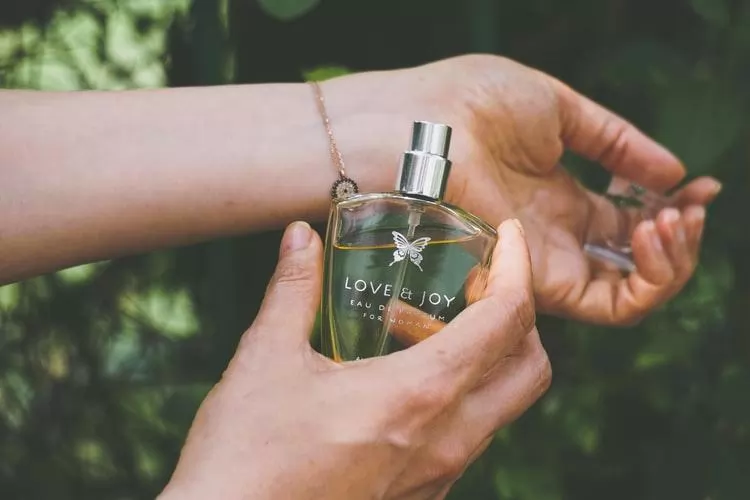




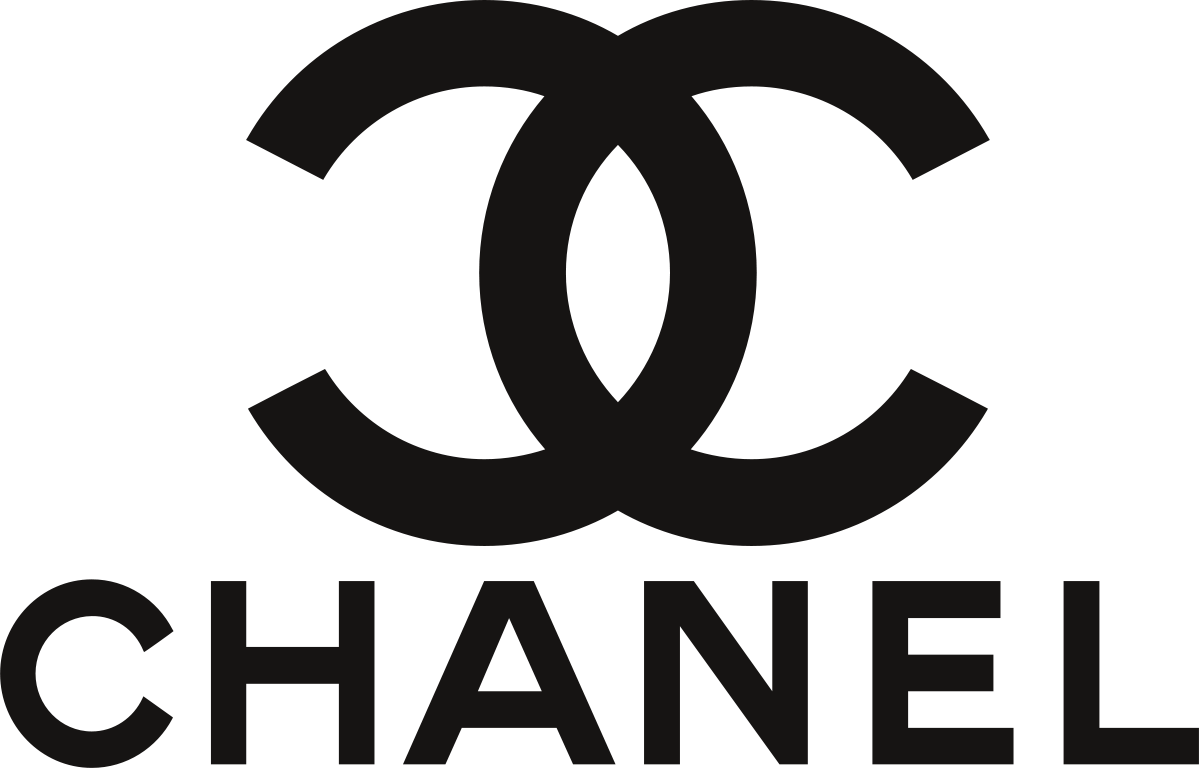 Chanel invests in Italy again: new joint for Gensi Group - 29/02/2024
Chanel invests in Italy again: new joint for Gensi Group - 29/02/2024
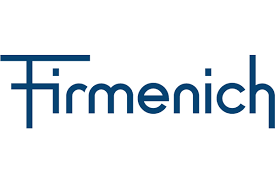 DSM-Firmenich plans to sell its Animal Health & Nutrition division due to volatile vitamin prices - 19/02/2024
DSM-Firmenich plans to sell its Animal Health & Nutrition division due to volatile vitamin prices - 19/02/2024
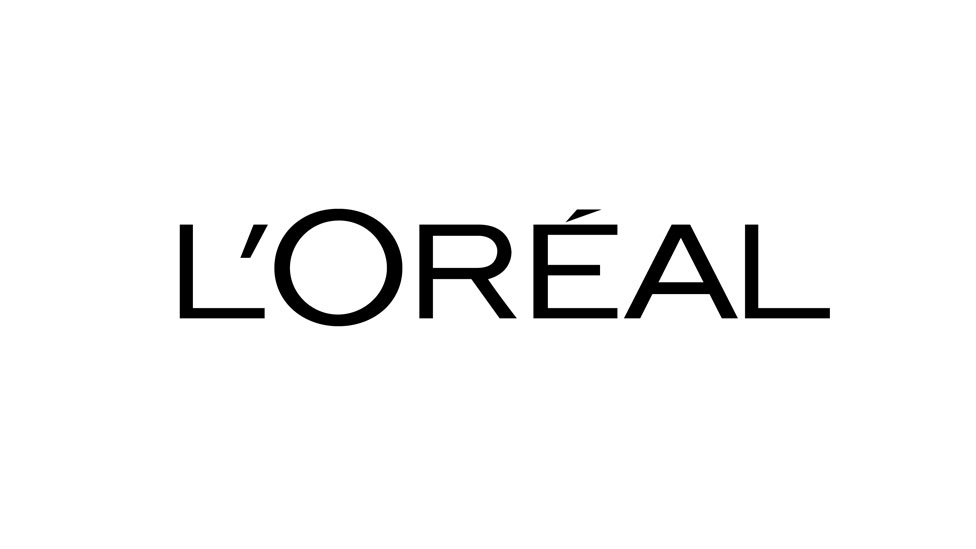 L'Oréal becomes number one in luxury cosmetics and dethrones Estée Lauder - 11/02/2024
L'Oréal becomes number one in luxury cosmetics and dethrones Estée Lauder - 11/02/2024
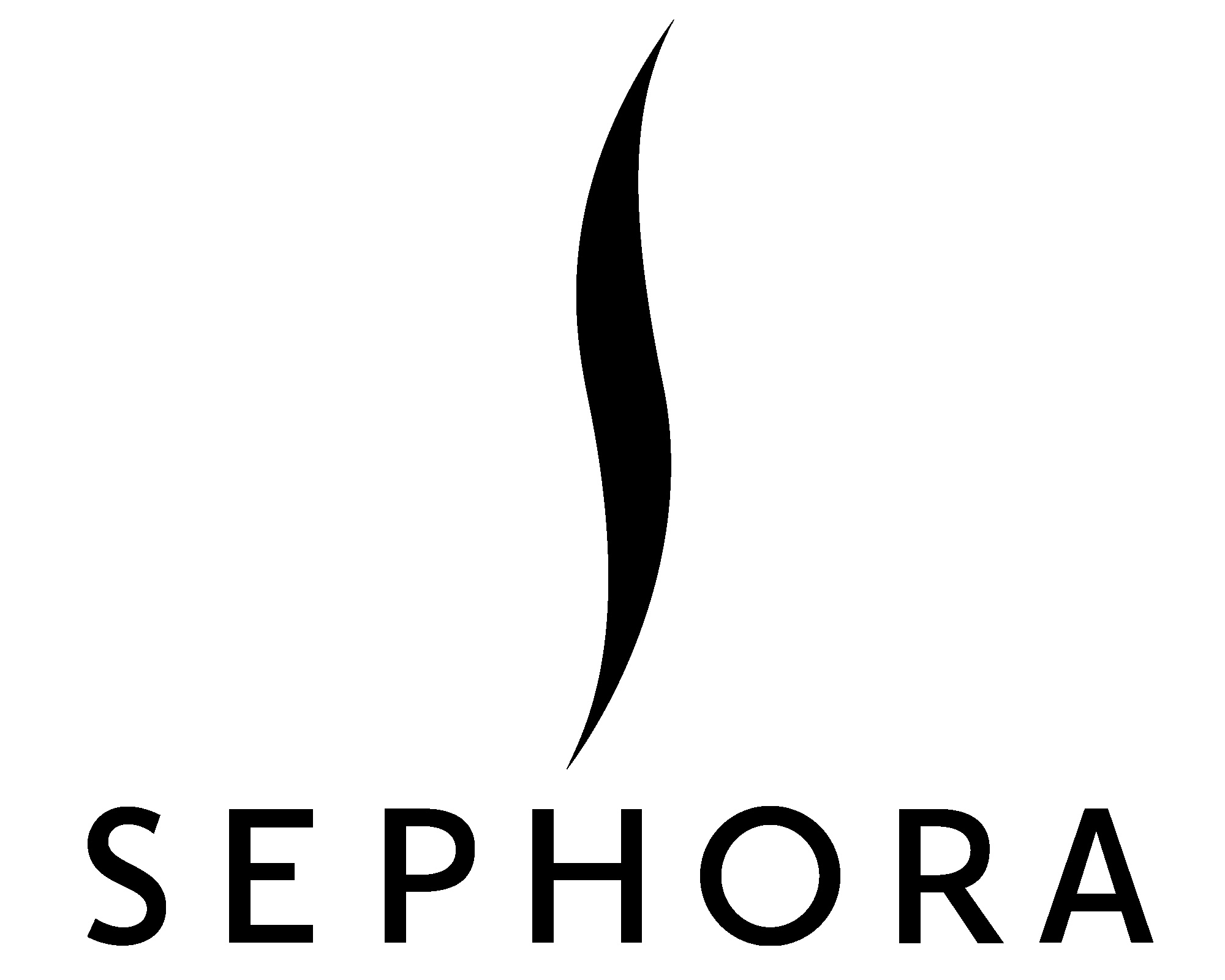 Sephora to rapidly increase sales from 12 to 20 billion euros - 23/10/2023
Sephora to rapidly increase sales from 12 to 20 billion euros - 23/10/2023
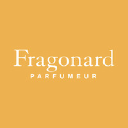 From perfume to home decor, Fragonard's flourishing business - 15/10/2023
From perfume to home decor, Fragonard's flourishing business - 15/10/2023
